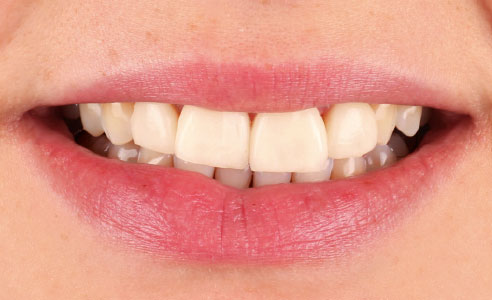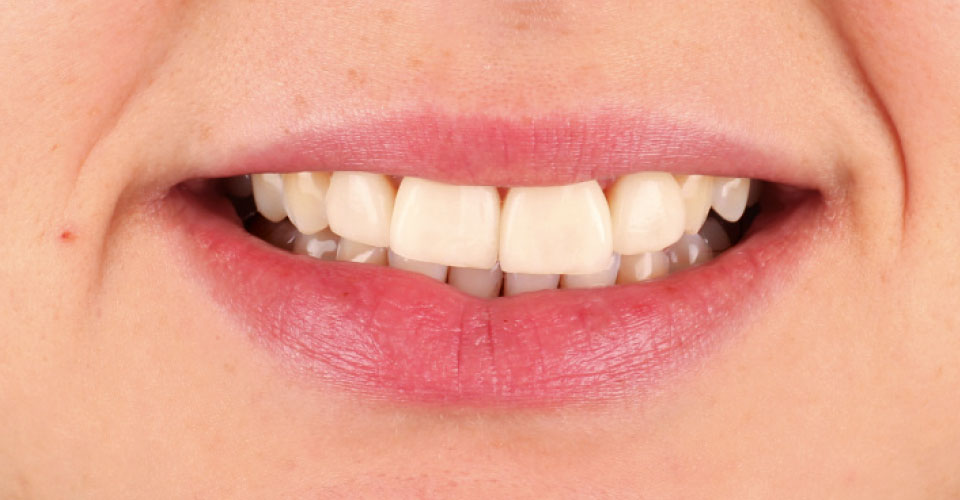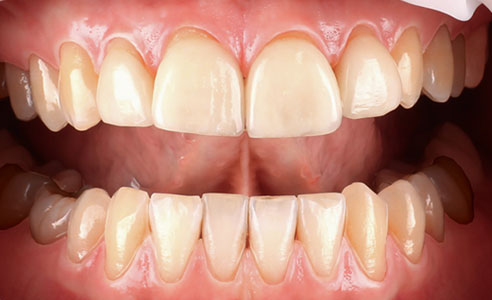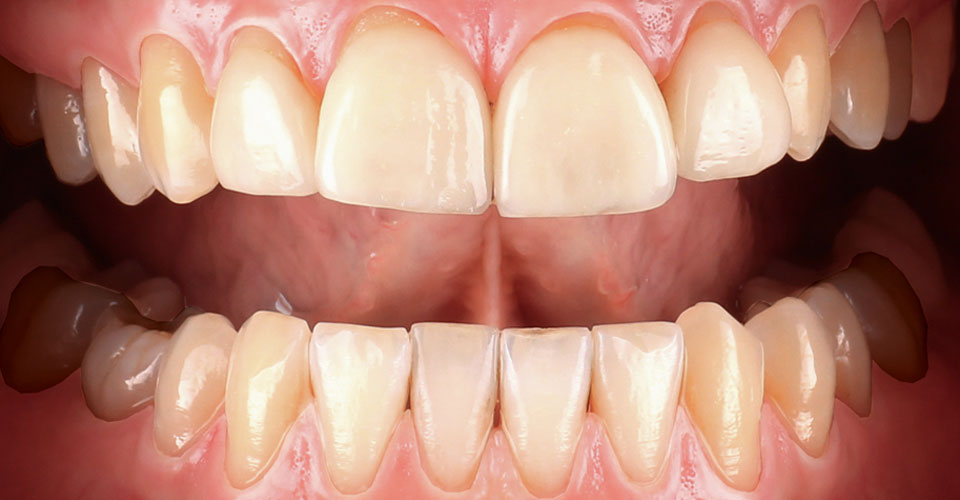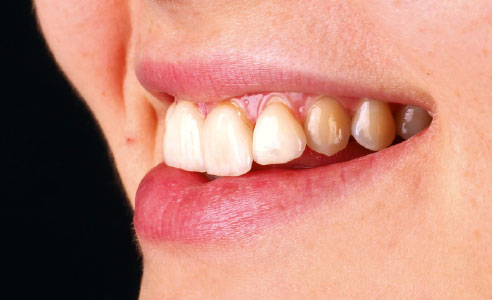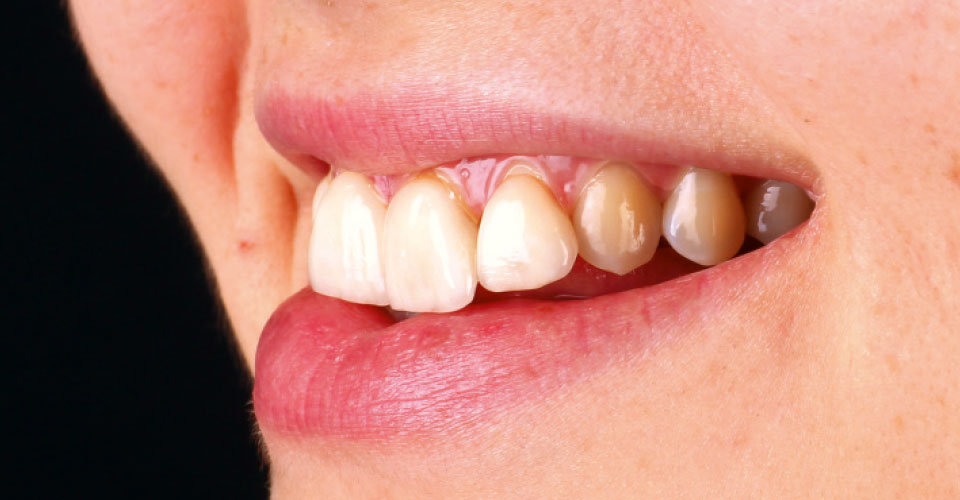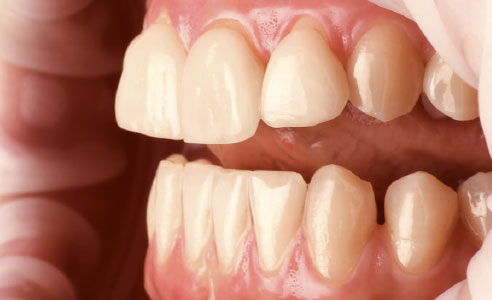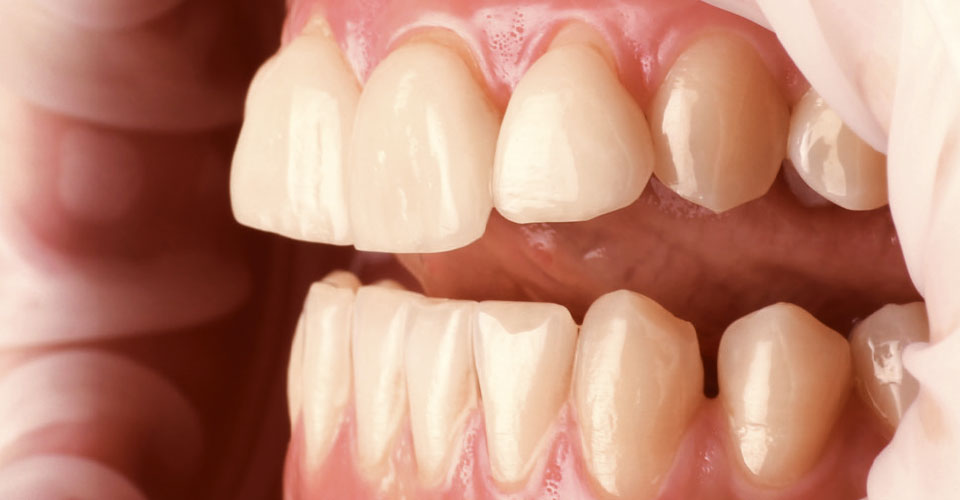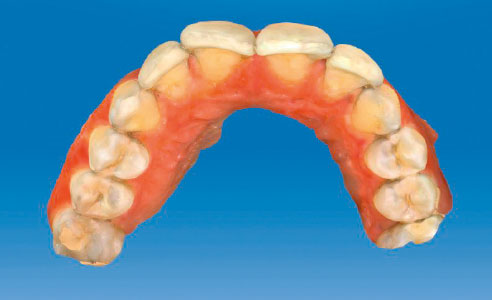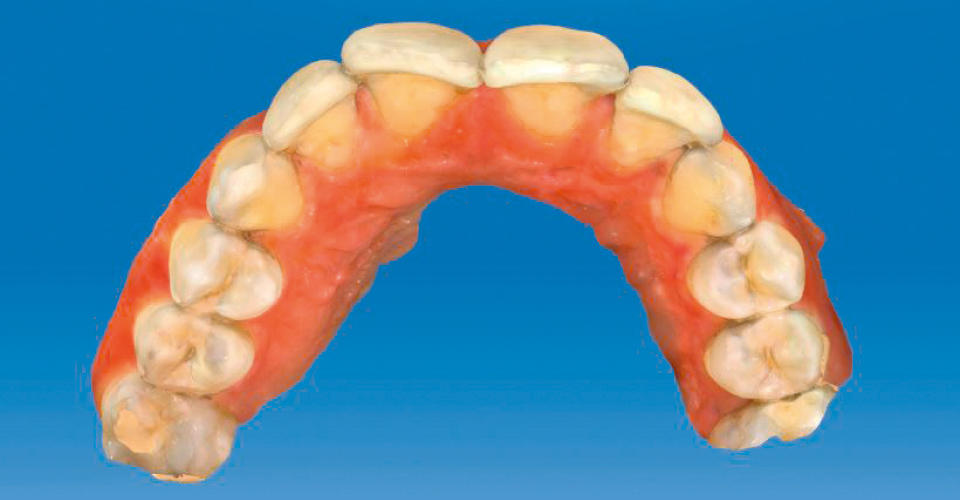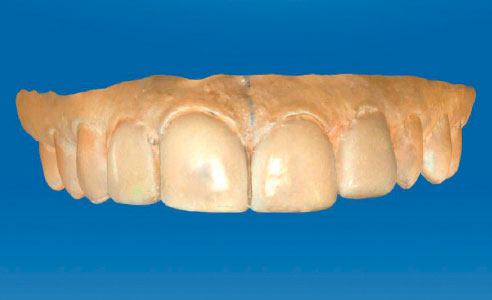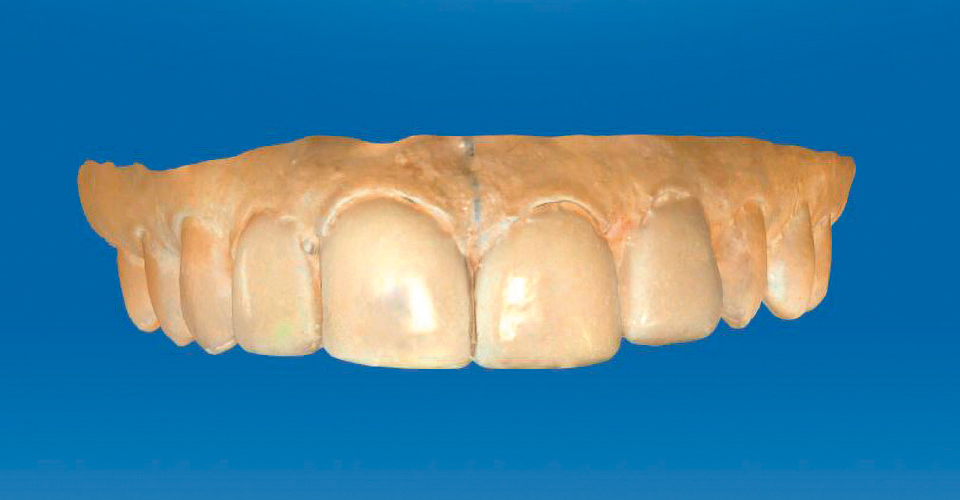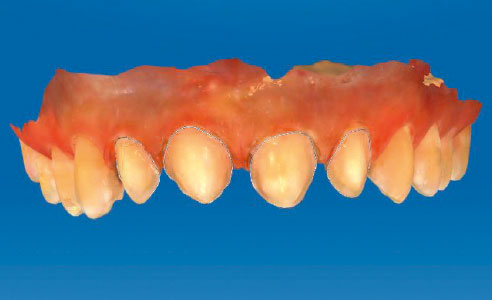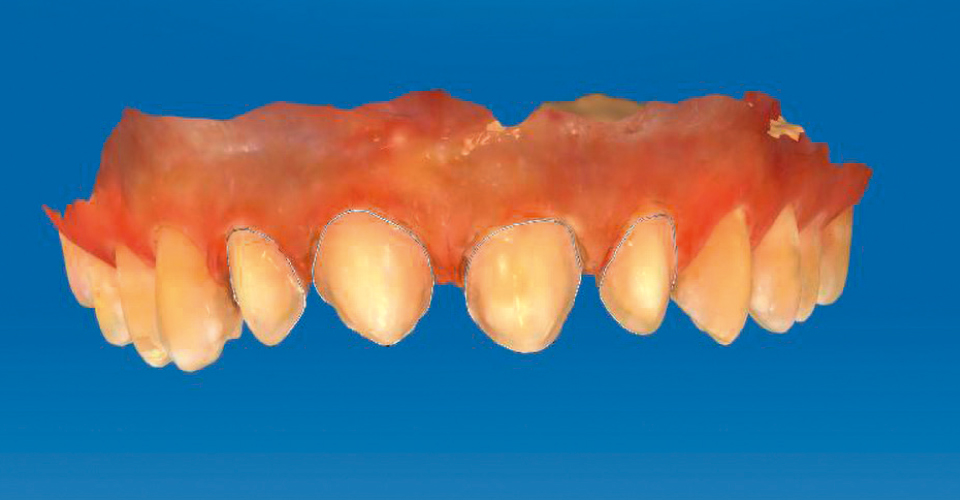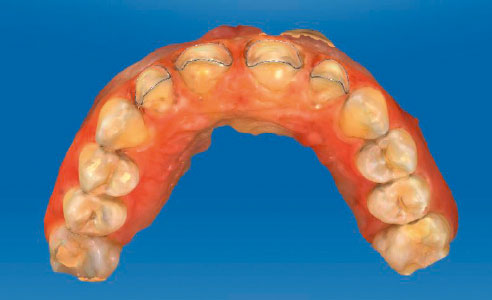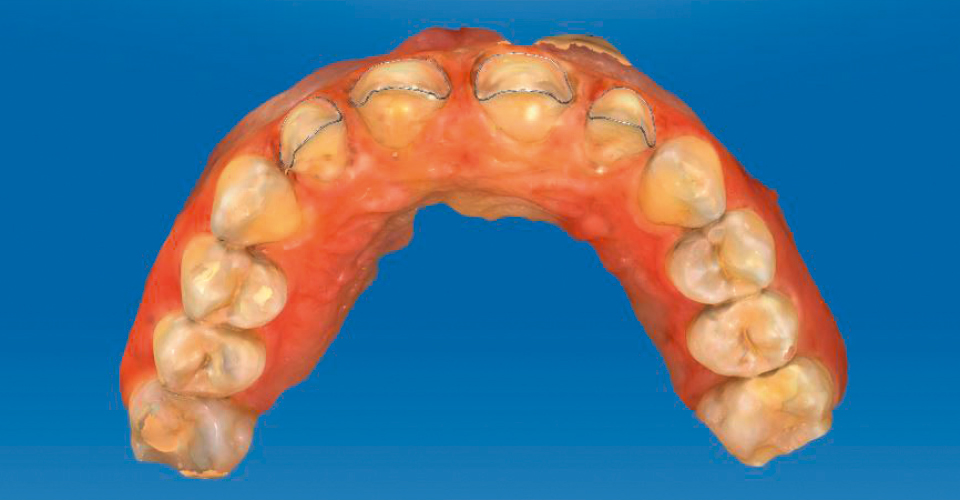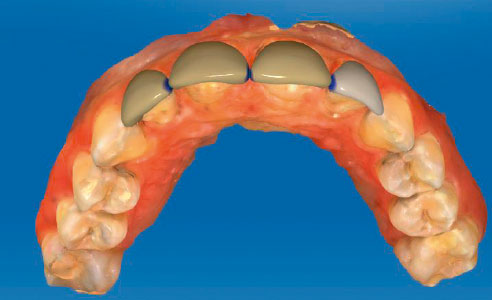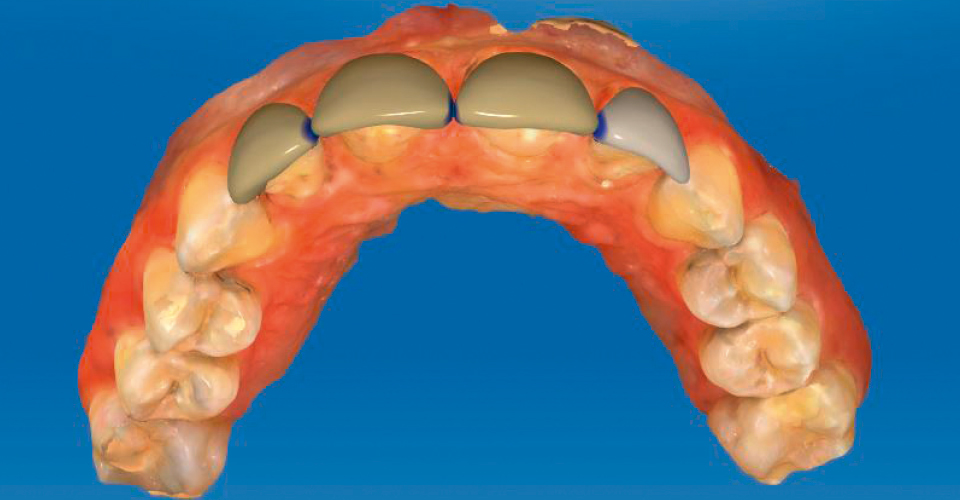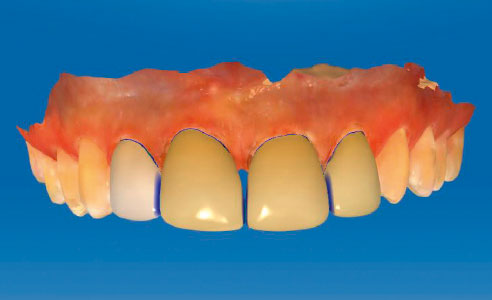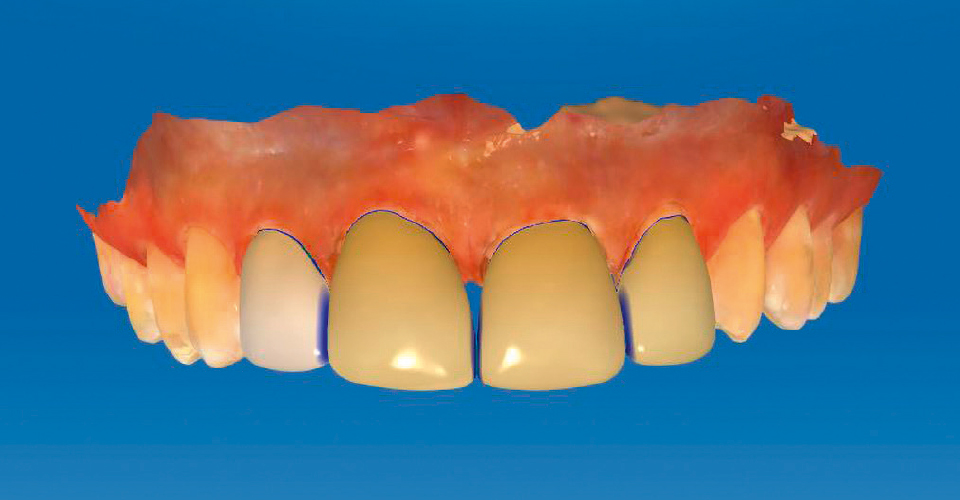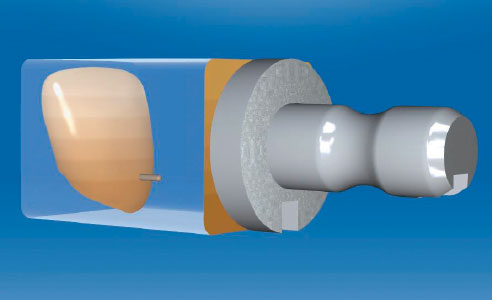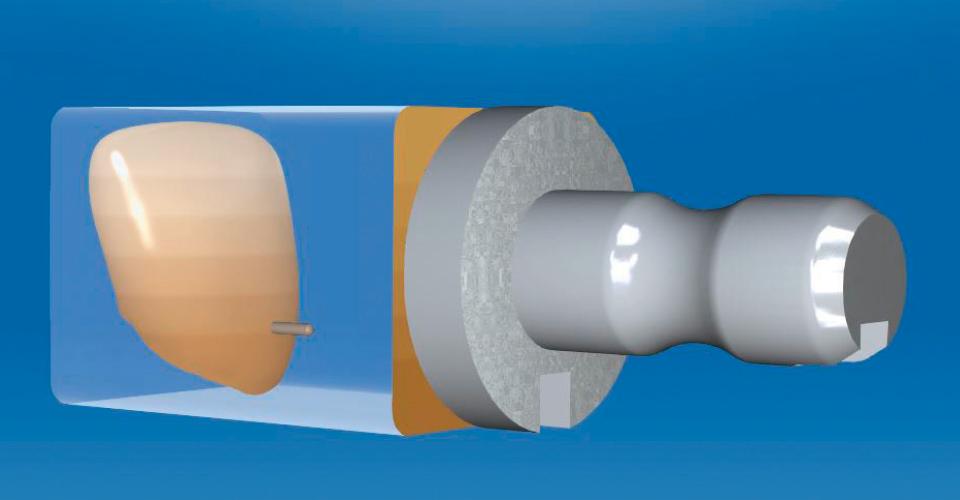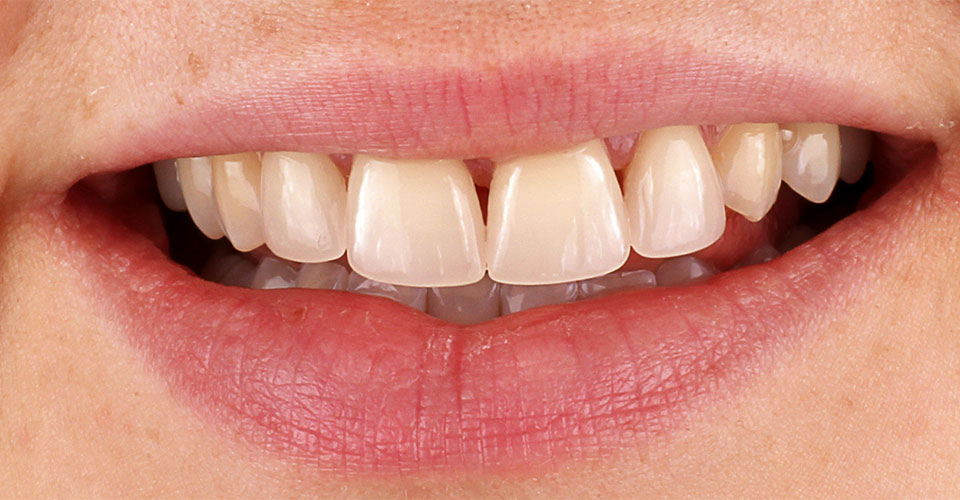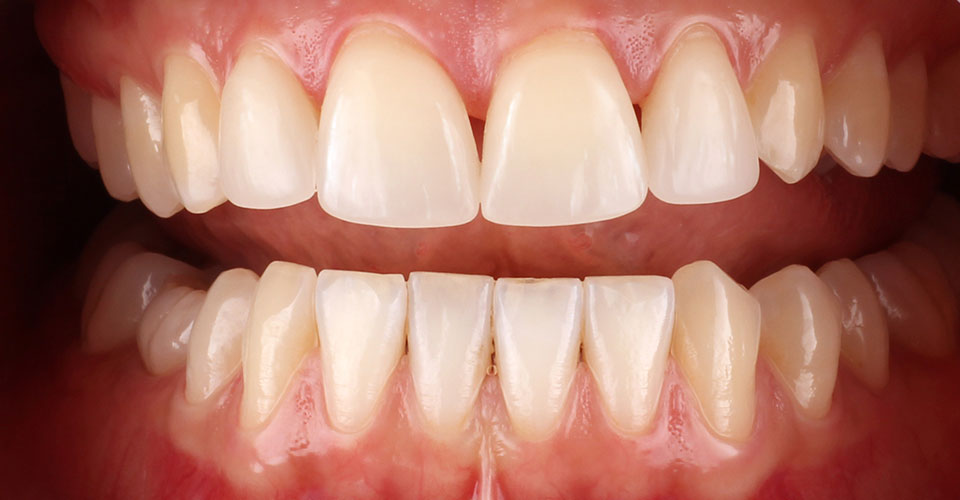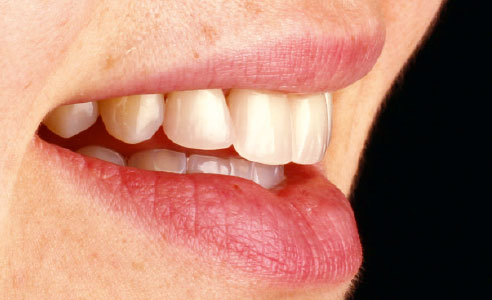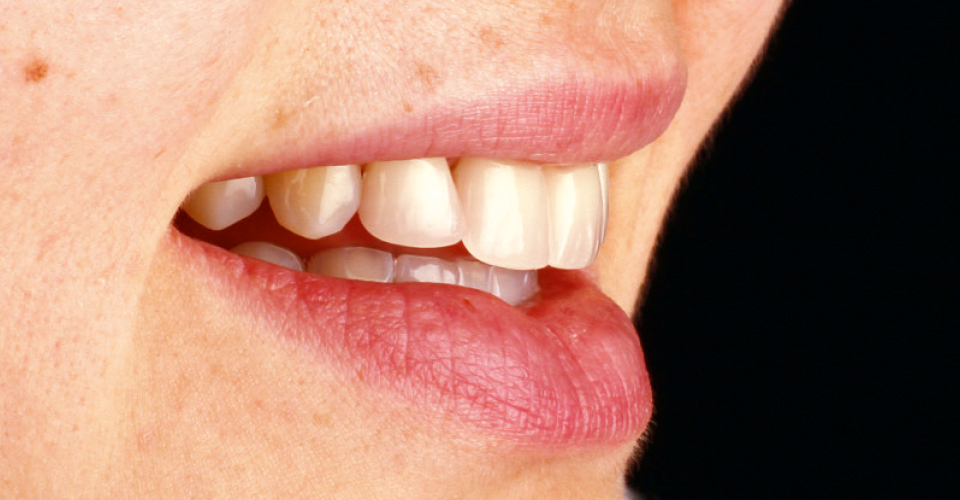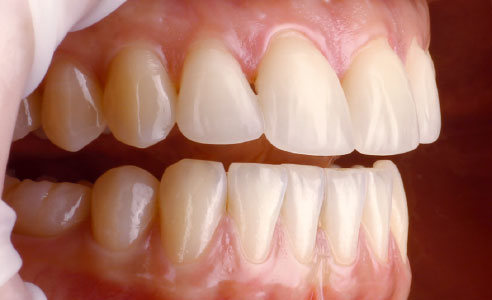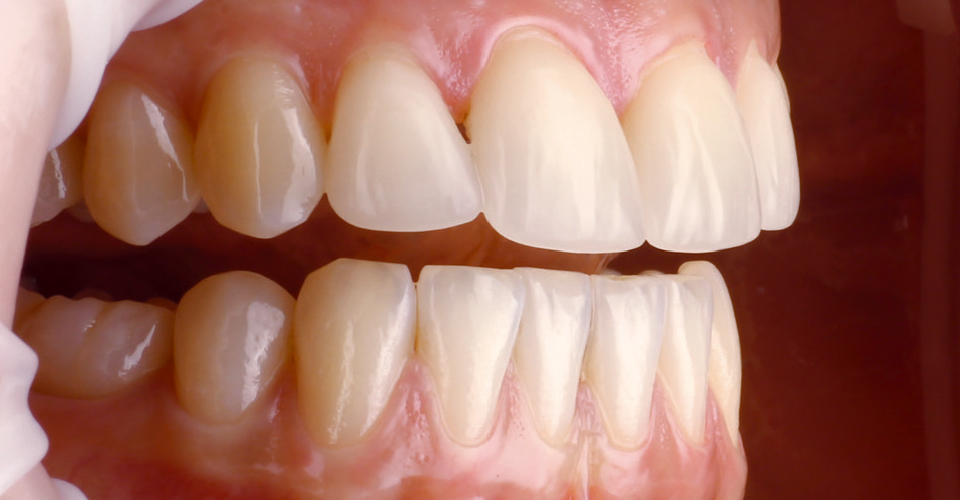The potential of VITA ENAMIC multiColor in the esthetic zone
In the following interview, we hear from the Dentist, Dr. Andreas Reiger (Talheim, Germany), who shows us the possibilities of the VITA ENAMIC multiColor blank (VITA Zahnfabrik, Bad Säckingen, Germany) for minimally invasive esthetic reconstructions in the front. He explains this with the help of a case study of a young female patient whom he provided with four hybrid ceramic veneers with wall thicknesses of only 0.2 millimeters in the cervical area in regions 12 to 22. He also gives recommendations on what dental practices and laboratories should consider when processing hybrid ceramics.
DV: Why did you choose the VITA ENAMIC multiColor multichromatic hybrid ceramic blank for this patient's restoration?
Dr. Andreas Reiger: For monochrome CAD/CAM blanks, tooth shade gradient and natural translucency can only be reproduced through staining. The two polychromatic VITA ENAMIC multiColor blanks are already integrated into the finely graded layer structure. Therefore, restorations made from this material blank are already very dynamic from within.
DV: What clinical challenges did you face in this case, and what could multichromatic hybrid ceramics help solve?
Dr. Andreas Reiger: The young patient was dissatisfied with the esthetic appearance of her veneers on the maxillary incisors. As part of the new restoration, the labial surfaces of the incisors had to be relocated palatally in order to achieve a harmonious curve of the dental arch. Of course, I wanted to proceed in a minimally invasive manner during the follow-up preparation and not "sacrifice" any additional tooth substance. The thin minimum layer thicknesses of the hybrid ceramics, which were only 0.2 mm in the cervical area, were particularly advantageous.
DV: In your opinion, which processing and treatment steps were decisive in this case for clinical and esthetic treatment success?
Dr. Andreas Reiger: The planning was extremely important in this case so that the patient and I knew in advance which result was possible. In the lab, a classic wax-up was created on prepared situation models, which I scanned in order to be able to orient myself according to the biogeneric calculation of the veneers for determining the definite length and width.
DV: What should clinicians look for in the extraoral and intraoral finalization of hybrid ceramic crowns in order to achieve nearnatural, vibrant results?
Dr. Andreas Reiger: Here's the motto: "Less is more!" Natural teeth are dependent on their morphology and surface texture. The labial surfaces of restorations should not be completely flat. Prior to the high-gloss polish, a lifelike texture must be specifically incorporated. The finely nuanced shade and translucency profile of the VITA ENAMIC multiColor block in six layers automatically ensured a natural appearance of the restorations. As a result, an individualization with stains would be omitted.
DV: What is the esthetic potential of the new multichrome blank for front-end restorations and what are its limitations?
Dr. Andreas Reiger: Especially at low thicknesses which are supported by natural hard tooth substance, the material can fully reveal its minimally invasive and esthetic potential. In addition, the restorations can be incorporated directly after polishing without crystallization, sintering, healing and individualization firings. In the case just described, the patient had a complete restoration in five hours.
Report 07/18



